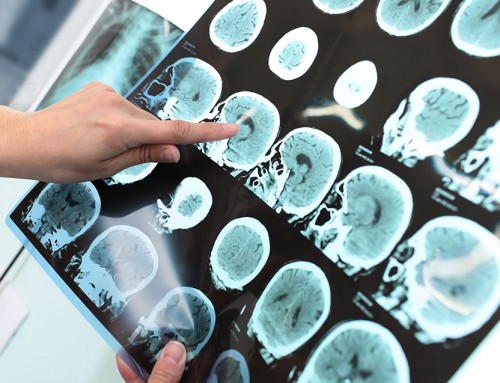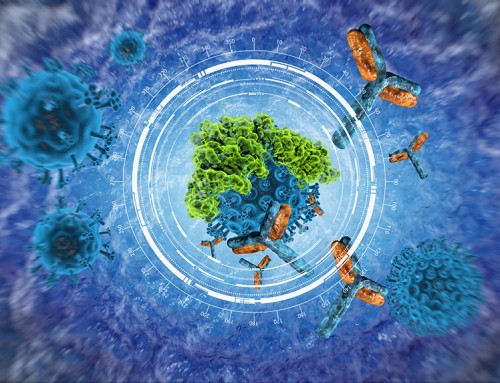Marijuana identified as potential treatment for Alzheimer’s disease
Most people who suffer from Alzheimer’s disease are affected by neuropsychiatric symptoms, primarily depression, sleeping issues, apathy and verbal and physical agitation. As the disease progresses, delusions, hallucinations and aggression become more common. These neuropsychiatric symptoms have a major impact on the patient’s (and their caregiver’s) quality of life, and often the disease progresses more quickly.
The first treatment option for affected patients is generally nonpharmacological treatments, such as music, physical exercise and mental stimulation. These are effective for a limited time for some patients, but often a form of pharmacological treatment is required. These medication options include antipsychotics, sedatives, hypnotics and antidepressants. Unfortunately each of these medications may also have adverse effects that can outweigh the benefits.
An alternative pharmacological treatment for agitation related to Alzheimer’s disease is the controversial use of cannabinoids (reviewed recently by Maust et al and Antonsdottir et al. in The American Journal of Geriatric Psychiatry). Cannabinoids are compounds obtained from the cannabis plant, such as tetrahydrocannabinol (THC) and cannabidiol (CBD). Small doses of THC slow the production of beta-amyloid and the associated plaques that inhibit synapses between the neurons in the brain. However, two recent preclinical studies (with limited patients) have shown conflicting results as to whether or not treatment with THC actually results in any neuropsychiatric benefits. Another study of eleven dementia patients who were treated with medical cannabis oil showed a significant improvement over just four weeks, but again this study was only conducted on a small number of patients. Larger, longer-term studies are still required to assess the true benefits and tolerability of cannabis extracts for treating Alzheimer’s patients.
However, scientific studies are restricted by the legality of marijuana. In the United States, it is legal in four states and legal for medical use in 25 states, but federal law still classifies cannabis as an illegal Schedule I substance. Australia has similar law variations, where it is decriminalized for personal use in some parts of the country, legal for medical use elsewhere and still a criminal offense in five states. These inconsistent laws severely restrict the research into the medical use of marijuana, and there is a current push in the United States for a reclassification of marijuana as a Schedule II controlled substance.
The quality and potency of the cannabinoids is another factor to consider for medical marijuana use. Like all medications, careful standardization and quality control is essential, but this is difficult with plant variations, and even more so in states where patients are allowed to grow their own plants for medical use.
Marijuana treatment for Alzheimer’s patients shows great promise, especially to improve the patient’s quality of life as the disease takes hold. Hopefully more scientific research can be conducted to provide further evidence to support this age-old remedy.
References:
Antonsdottir IM, Makino KM, Porsteinsson AP (2016). Dazed and Confused: Medical Cannabis in Alzheimer Disease. Am J Geriatr Psychiatry.
Maust DT, Bonar EE, Ilgen MA, Blow FC, Kales HC (2016). Agitation in Alzheimer Disease as a Qualifying Condition for Medical Marijuana in the United States. Am J Geriatr Psychiatry.
Genovate Laboratories2017-04-06T00:20:01+00:00





